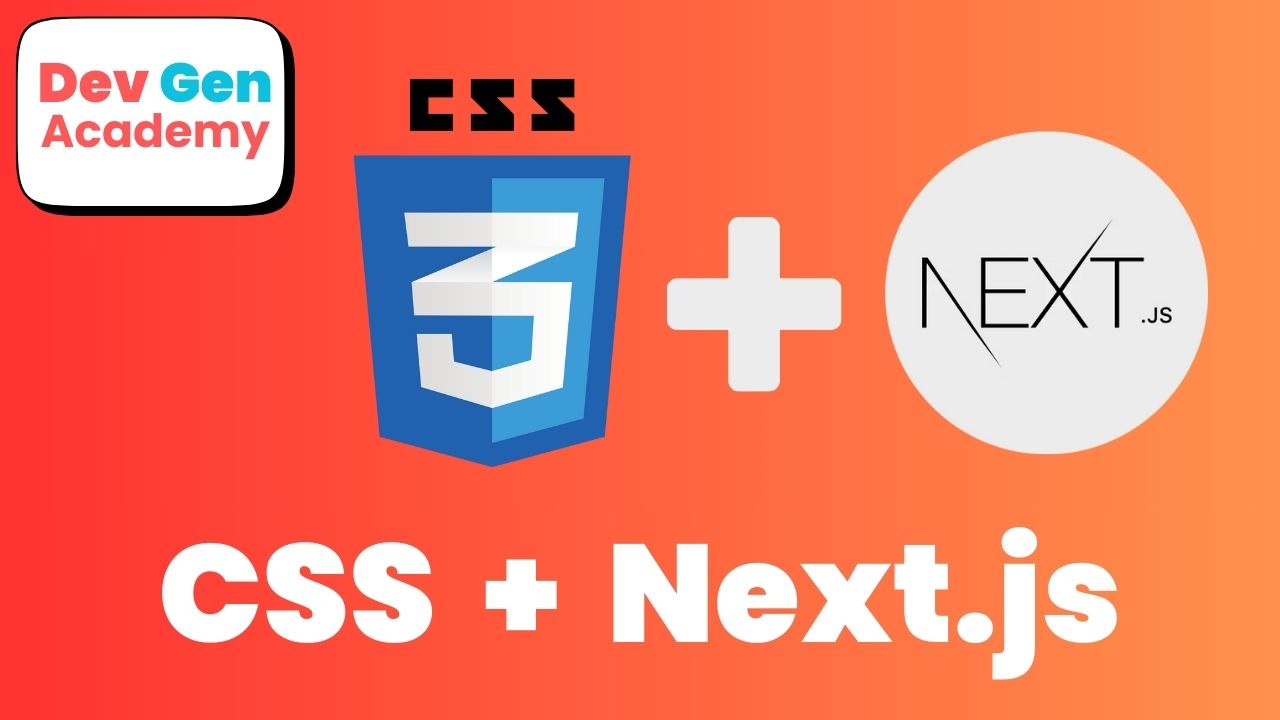Introduction
Every parent wants to equip their child with the tools to thrive — not just in school, but in life. The real question is: how do we prepare them to face challenges confidently and make smart, independent decisions when it counts? One powerful answer is coding. More than just a technical skill, coding sparks creativity, builds resilience, and strengthens communication — all essential qualities for navigating an unpredictable future. That’s why coding camps are quickly becoming one of the smartest investments parents can make in their child’s personal and academic growth.
1. Coding sparks creativity
Teaching kids to code opens up a whole new world for creative expression. Unlike traditional forms of creativity that rely on paintbrushes or musical instruments, coding allows kids to bring their ideas to life through interactive stories, animations, games, and apps. They get to imagine something entirely new, then use logic and digital tools to build it from the ground up. Whether designing their own video game characters or developing a website about their favorite hobby, coding gives kids the power to create things that are both imaginative and functional.
More importantly, coding teaches that creativity isn’t just about artistic talent — it’s about thinking outside the box to solve problems in original ways. Kids quickly learn that there are often many different ways to write code to achieve the same result. This freedom fosters experimentation, playfulness, and innovation. Coding doesn’t just support creativity — it amplifies it.

2. Coding builds resilience
Teaching kids to code is one of the most effective ways to build resilience, especially when it comes to facing disappointment and failure. Coding naturally involves trial and error — things rarely work perfectly the first time. Whether it’s a broken loop, a missing semicolon, or an app that just won’t run, young coders quickly learn that mistakes are not the end, but part of the process. Rather than giving up, they’re encouraged to debug, iterate, and try again. This repeated experience of facing setbacks and working through them strengthens their ability to bounce back and persist in the face of challenges.
In the world of coding, failure isn’t framed as a negative — it’s feedback. Kids begin to understand that frustration and mistakes are valuable tools for learning, not signs of incompetence. This mindset shift builds emotional grit. They start asking, “What went wrong?” instead of saying, “I can’t do this.” Over time, this habit of self-reflection and problem-solving nurtures confidence, patience, and adaptability — all core traits of resilient thinkers.
As technology becomes more central to every career and creative field, resilience will be just as critical as technical skill. Coding gives kids early practice in working through obstacles independently, collaborating when they need help, and developing a mindset that sees failure as a stepping stone to success — not a reason to quit.
3. Coding strengthens communication
Coding isn’t just about computers — it’s about communication. In our coding camps and after-school programs, kids often work in teams to design projects, debug code, and present their ideas. These group activities naturally teach them how to explain their thinking, listen to others, and collaborate toward a shared goal. Whether they’re dividing tasks in a game design project or helping a teammate troubleshoot a tricky bug, they learn to express themselves clearly and respectfully. These real-time conversations reinforce the value of being understood and understanding others.
Additionally, coding gives kids a structured way to communicate complex ideas. They learn how to break big problems into smaller parts, sequence instructions logically, and explain their solutions in ways that others can follow. These skills carry over into everyday life — from writing stronger essays to speaking more confidently in class. And because coding camps bring together like-minded peers, kids also form friendships built on curiosity, creativity, and teamwork. In short, these programs help kids become not only better coders but better communicators — a skill that will benefit them in any path they choose.
Conclusion
In the end, teaching kids to code is about far more than preparing them for a tech-driven future — it’s about helping them grow into capable, confident problem solvers. Through creativity, resilience, and strong communication, coding gives kids the mindset and skills to navigate whatever challenges come their way. Whether they’re building games, fixing bugs, or working in a team, they’re also learning how to think critically, adapt, and express themselves — all while having fun! It’s a foundation that supports success in any field, making coding camps a powerful investment in your child’s long-term growth.










